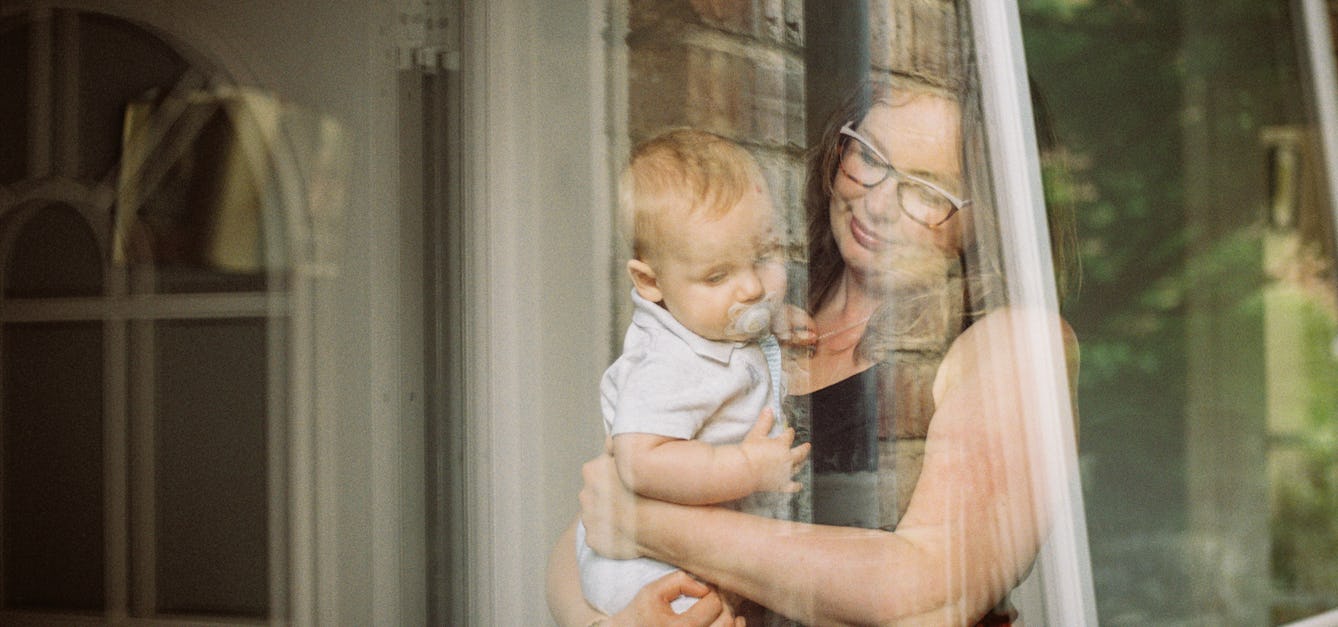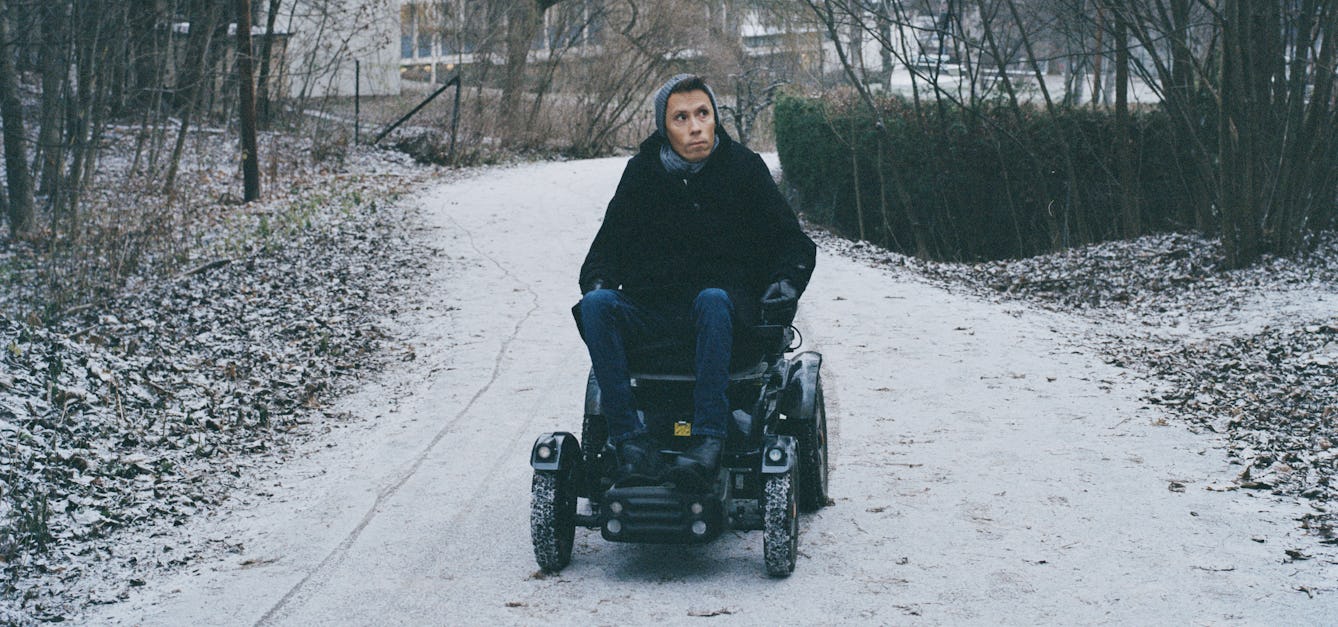Stories

- Article
Father of the house
Stuart Evers thought he’d shaken off his family’s rigid definition of masculinity. But when he became a dad, those buried patriarchal ideas made an unexpected return.

- Article
Birth, babies and boxes of memories
With memories of her baby in neonatal intensive care still fresh, Erin Beeston decides to unearth the poignant objects her family kept following births, going back as far as Victorian times.

- Article
Cowpox, Covid-19 and Jenner’s vaccination legacy
The well-known story of vaccination pioneer Edward Jenner has at its heart his drive to make vaccines free of charge and available to all. Now his principles extend to the global campaign for a people’s patent-free vaccine for Covid-19.

- Article
A wheelchair in the world
Five years ago, Jan Grue, author of ‘I Live a Life Like Yours’, became a father. A wheelchair user since age eight, Grue explores how parenthood helped him reimagine his relationship with his wheelchair.
Catalogue
- Books
Fathers and sons / Howard Cunnell.
Cunnell, HowardDate: 2017- Books
Fathers and sons / by E. B. Castle.
Castle, E. B. (Edgar Bradshaw), 1897-1973.Date: 1931- Books
- Online
The crisis, or an alarm to Britannia's true Protestant sons. In two parts, with an appendix to each of them. Containing. Among a Variety of other Things, An Address to King George. -To the Unbelieving Jews. -To our reverend Fathers the Bishops. -To our worthy Representatives. - To the licentious Writers of the public Papers. With a Prefatory Address to the two respectable Bodies, the Citizens and Merchants of London. By a disinterested, independent, and truly Protestant Briton.
Briton.Date: [1754]- Books
- Online
The unnatural father: or the dutiful son's reward. Shewing in the first part, how a rich merchant in Dorsetshire having two sons, the eldest which was the most dutifull, was seldom suffer'd in his presence and when he was, he was sure of being Kick̀d & abused, and at last was turǹd out of Doors. How in the Second Part, the youngest Son, which was the most Stubborn, perverse and Wickedest youth, was the Fathers chiefest delight and Care, but for a Harlot's sake kill̀d a Man, which oblig̀d his father to Mortgage his whole Estate rather than suffer such disgrace in his family. In the last Part, how the poor forsaken Orphan trusting in God̀s goodness & Mercy, Cross̀d the Seas, where he Married a fortune worth Ten Thousand Pounds, and just returǹd at the critical Minute as to the succouring his distressed Parent in the time of his greatest affliction.
Date: [1775?]- Books
- Online
Indago astrologica: or, a brief and modest enquiry into some principal points of astrology : as it was delivered by the fathers of it, and is now generally received by the sons of it. / By Joshua Childrey of Feversham in Kent.
Childrey, J. (Joshua), 1623-1670Date: 1652









